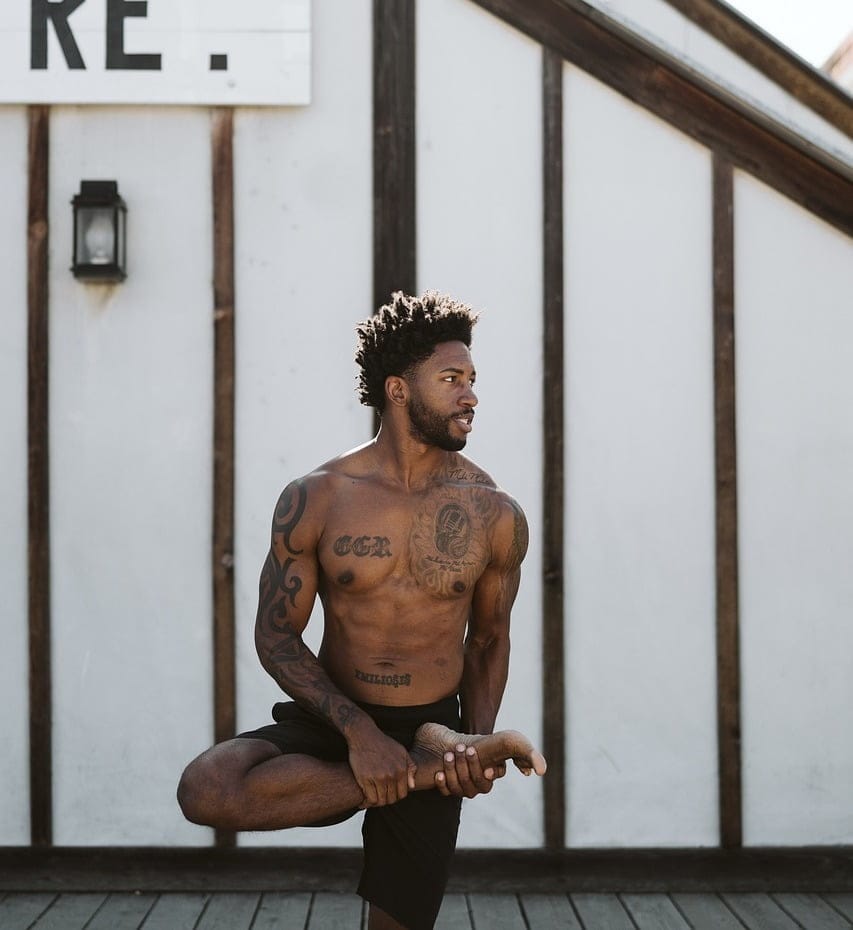Einführung
Wenn du ein begeisterter Läufer bist oder Sportarten wie Fußball betreibst, kennst du vielleicht stechende Knieschmerzen, die auf das Läuferknie oder das Iliotibialband-Syndrom (ITBS) hinweisen. Diese Erkrankung verursacht typischerweise Schmerzen an der Außenseite des Knies, besonders während oder nach dem Laufen. Mit zunehmender körperlicher Aktivität können sich die Symptome verschlimmern. Glücklicherweise kannst du mit richtigem Muskel- und Faszientraining das Läuferknie effektiv managen und behandeln. Dieser Leitfaden wird erklären, was das Läuferknie ist, seine Symptome, Ursachen, Dauer, Behandlungsmöglichkeiten und Präventionsstrategien.
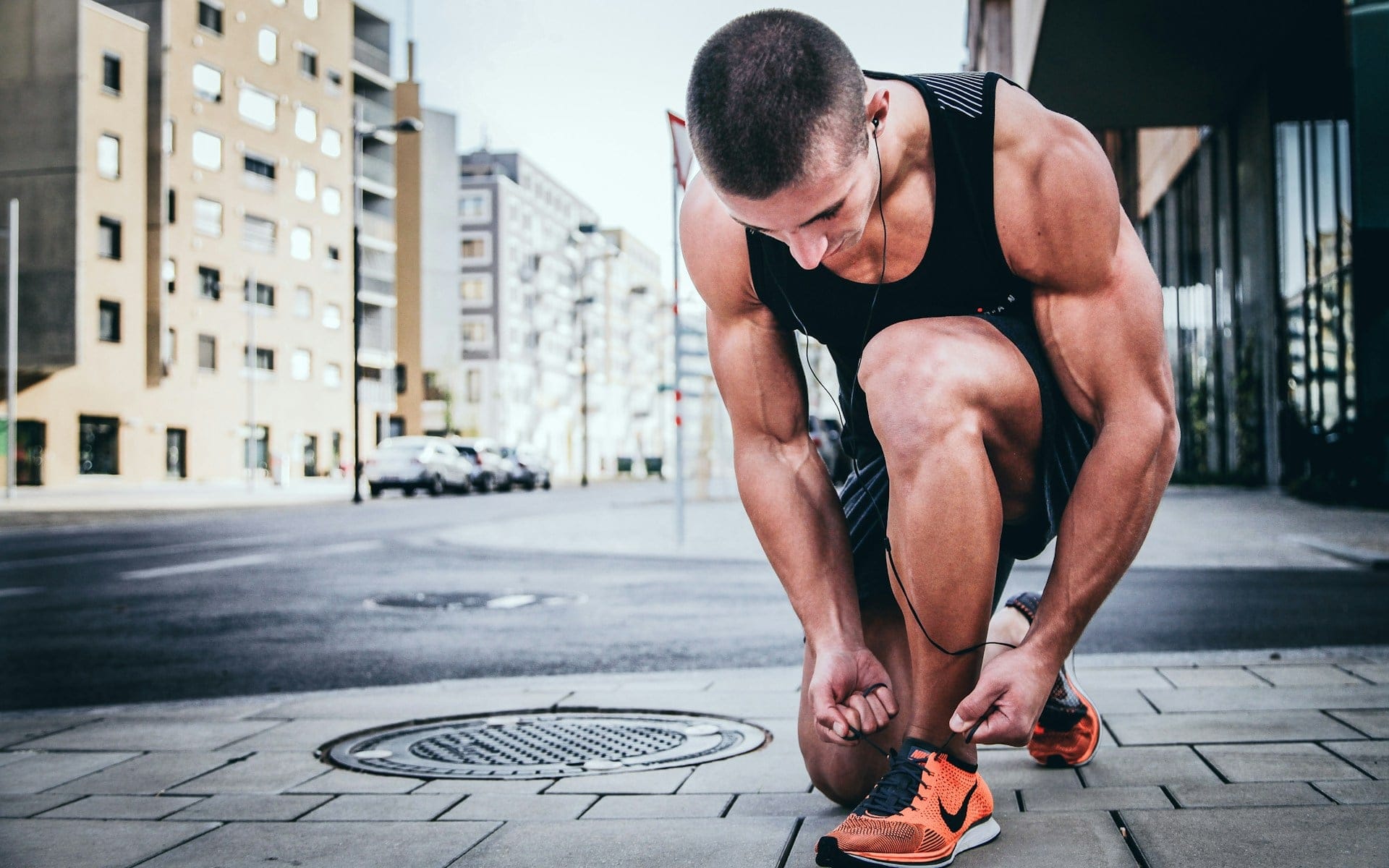
Das Läuferknie, oder das Iliotibialband-Syndrom (ITBS), betrifft das Iliotibialband, eine feste Faszie, die hilft, die Hüften und Knie beim Laufen zu stabilisieren. Dieses Band verläuft vom Becken entlang der Seite des Oberschenkels über das Knie bis zum oberen Teil des Wadenbeins. Wenn das Zusammenspiel der Muskeln wie der Gesäßmuskeln und des Musculus tensor fasciae latae aus dem Gleichgewicht gerät, führt dies zu einer übermäßigen Belastung des Oberschenkelknochens, was zu Schmerzen an der Außenseite des Knies führt. Eine korrekte Muskelinteraktion und Balance sind entscheidend, um diese Beschwerden zu verhindern.
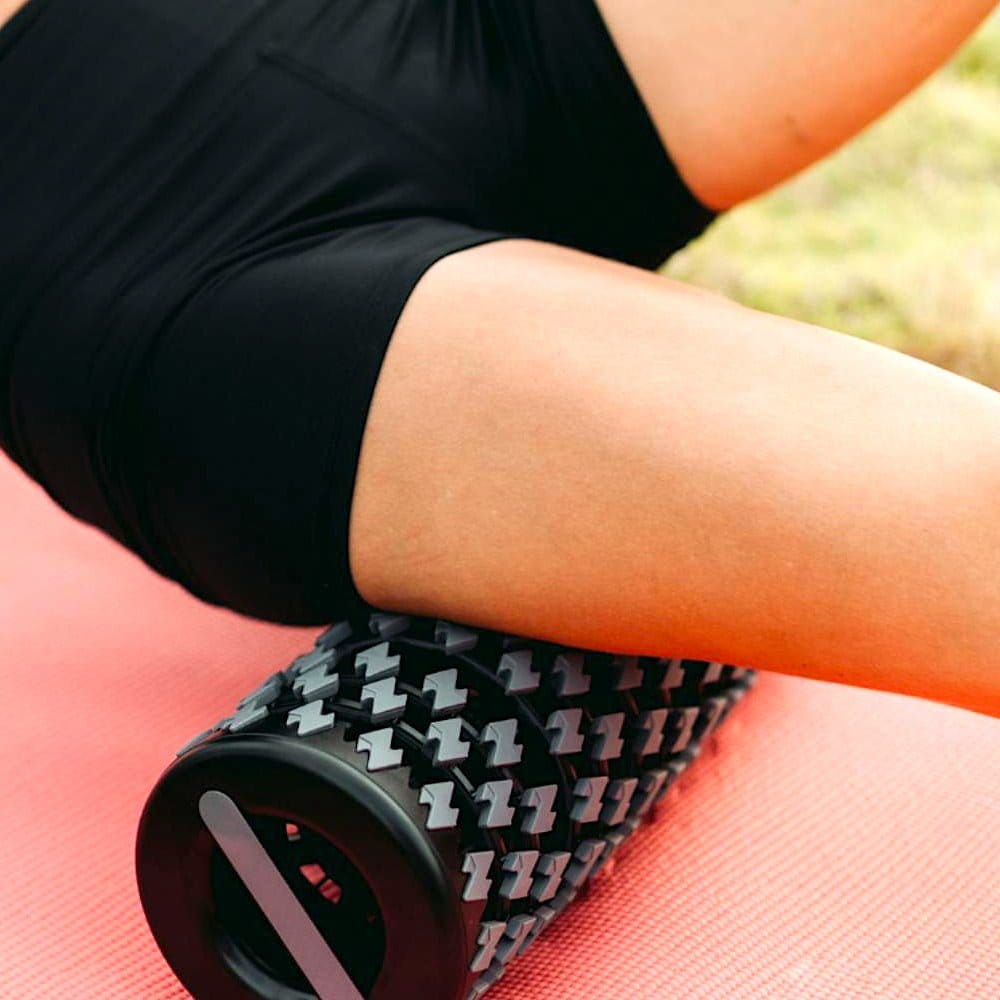
Zu den Symptomen des Läuferknies gehören stechende Schmerzen an der äußeren Kante des Knies, die oft nach einer bestimmten Laufdistanz beginnen. Diese Schmerzen signalisieren eine übermäßige Belastung und sollten nicht ignoriert werden. Wichtige Indikatoren sind Schwellungen, Schmerzen bei minimaler Anstrengung, Rötung, Hitze und scharfe Schmerzen beim Bewegen. Es ist ratsam, eine medizinische Untersuchung durchzuführen, um Knorpelschäden und andere muskuläre Probleme auszuschließen. Eine professionelle Laufanalyse kann ebenfalls helfen, die Lauftechnik zu verbessern und zukünftige Probleme zu verhindern.
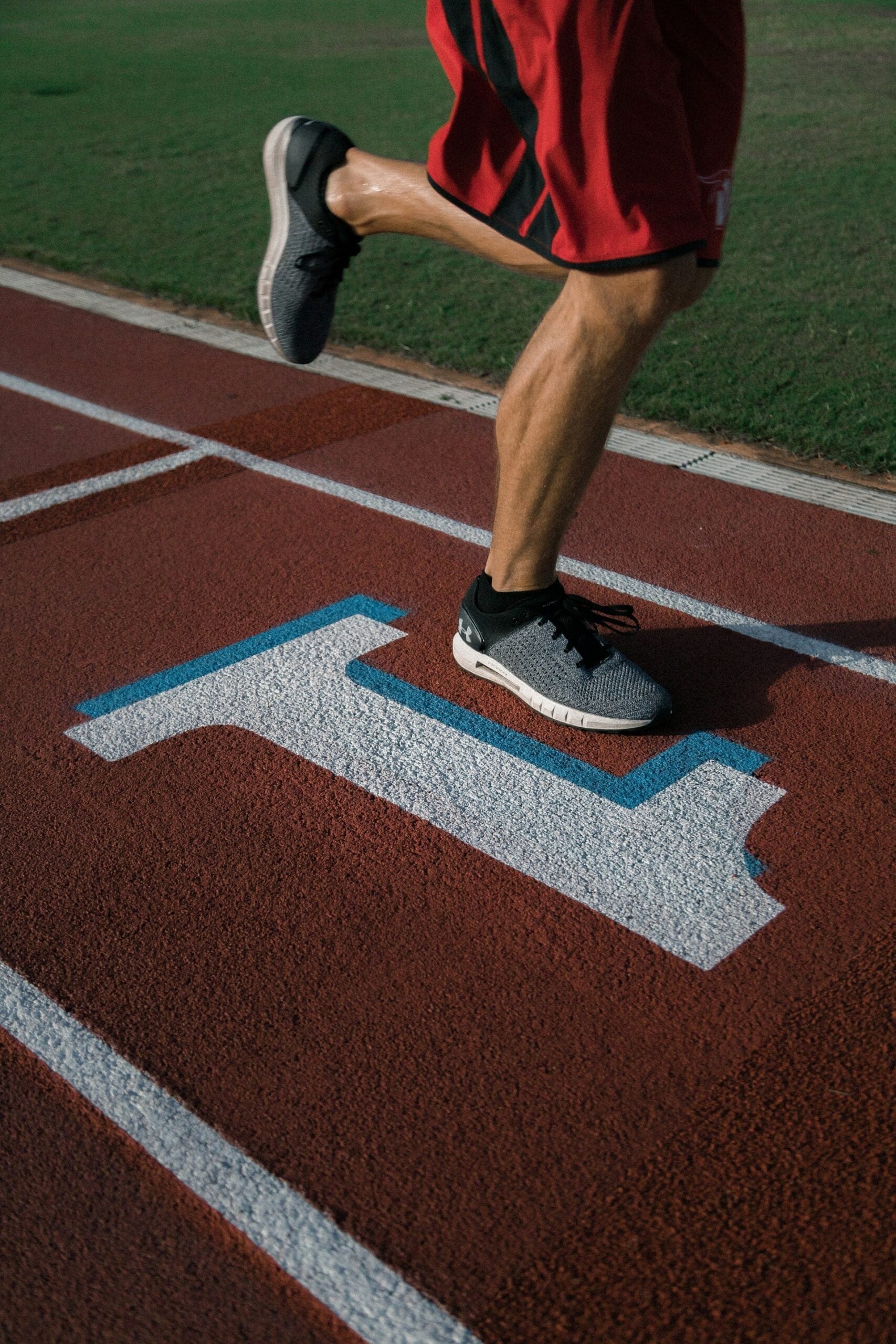
Das Läuferknie wird durch übermäßige Belastung aufgrund von myofaszialer Verkürzung, Verhärtung, eingeschränkter Beweglichkeit und mangelnder Kraft verursacht. Zu den beitragenden Faktoren gehören eingeschränkte Beweglichkeit des Musculus tensor fasciae latae, mangelnde Gesäßmuskulatur, Überpronation des Fußes und schlechte Beckenstabilität. Diese Probleme verursachen erhöhte Spannung und Reibung am Iliotibialband, was zu Schmerzen an der Außenseite des Knies führt. Die Behandlung dieser Faktoren durch gezielte Übungen und richtige Technik kann helfen, ITBS zu verhindern und zu behandeln.
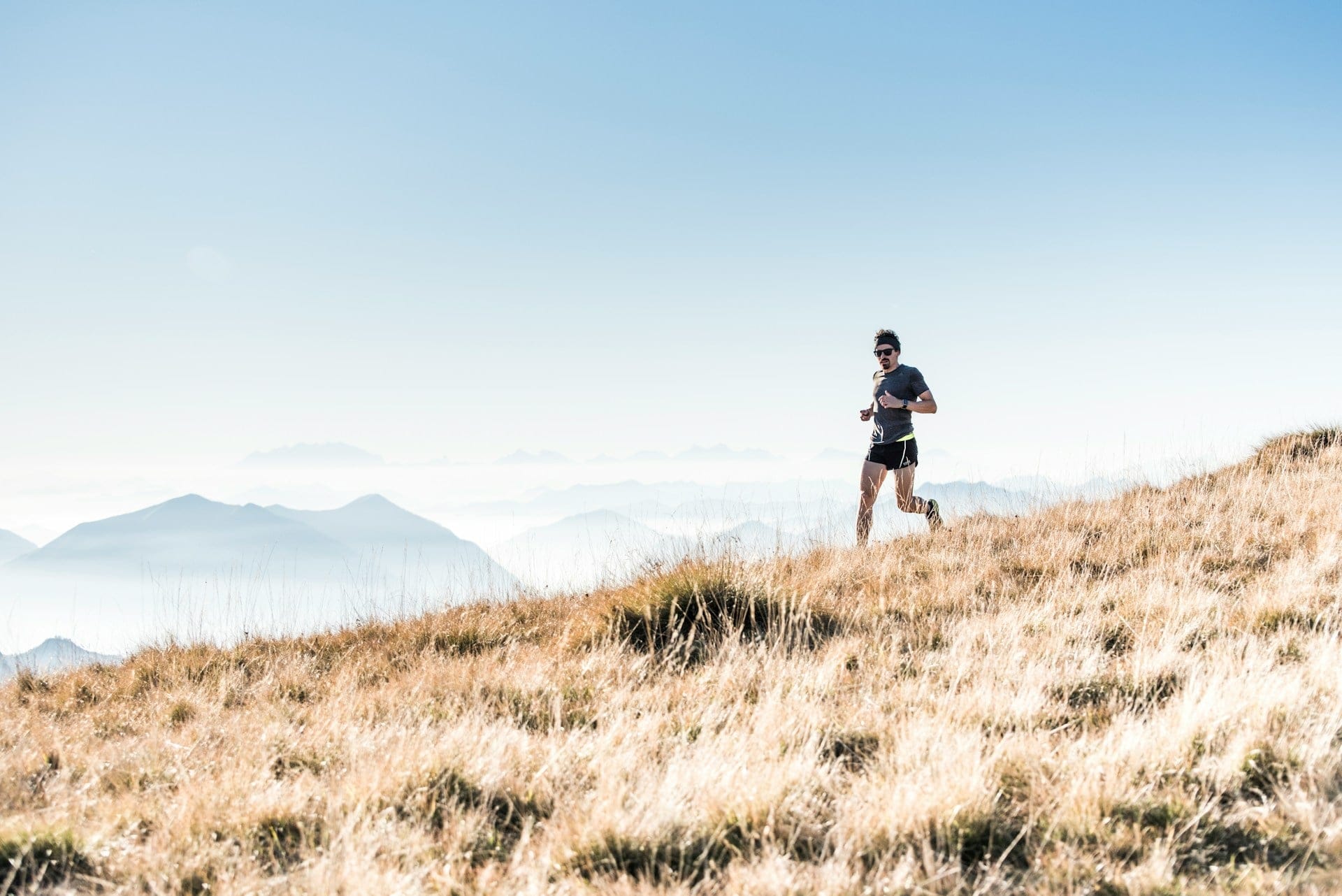
Mit der richtigen Behandlung können die Beschwerden des Läuferknies relativ schnell gelindert werden, obwohl die vollständige Heilung von Sehnen, Faszien und Bändern bis zu 12 Wochen dauern kann. Es ist wichtig, die Laufdistanzen und -intensität in den ersten Wochen allmählich zu erhöhen, um eine erneute Verletzung zu vermeiden. Befolge konsequent die Ruhezeiten, wähle geeignete Laufschuhe und halte dich an Übungen, die zur Selbstbehandlung des Läuferknies entwickelt wurden, um eine effektive Genesung und Vorbeugung zukünftiger Probleme zu gewährleisten.

Ruhe ist während der Korrekturübungen für das Läuferknie entscheidend. Eine fortgesetzte Reizung des Bereichs kann die Heilung verzögern und den Fortschritt umkehren. Achte darauf, beim Laufen eine gleichmäßige Gewichtsverteilung beizubehalten, um ein Wiederauftreten zu verhindern. Es ist essenziell, deinem Körper die Möglichkeit zu geben, das Gleichgewicht wiederherzustellen, um chronisches ITBS zu vermeiden. Ruhe dich gründlich aus und nimm die Aktivitäten schrittweise wieder auf, um eine langfristige Genesung zu unterstützen und das Läuferknie nicht zu einem dauerhaften Problem werden zu lassen.
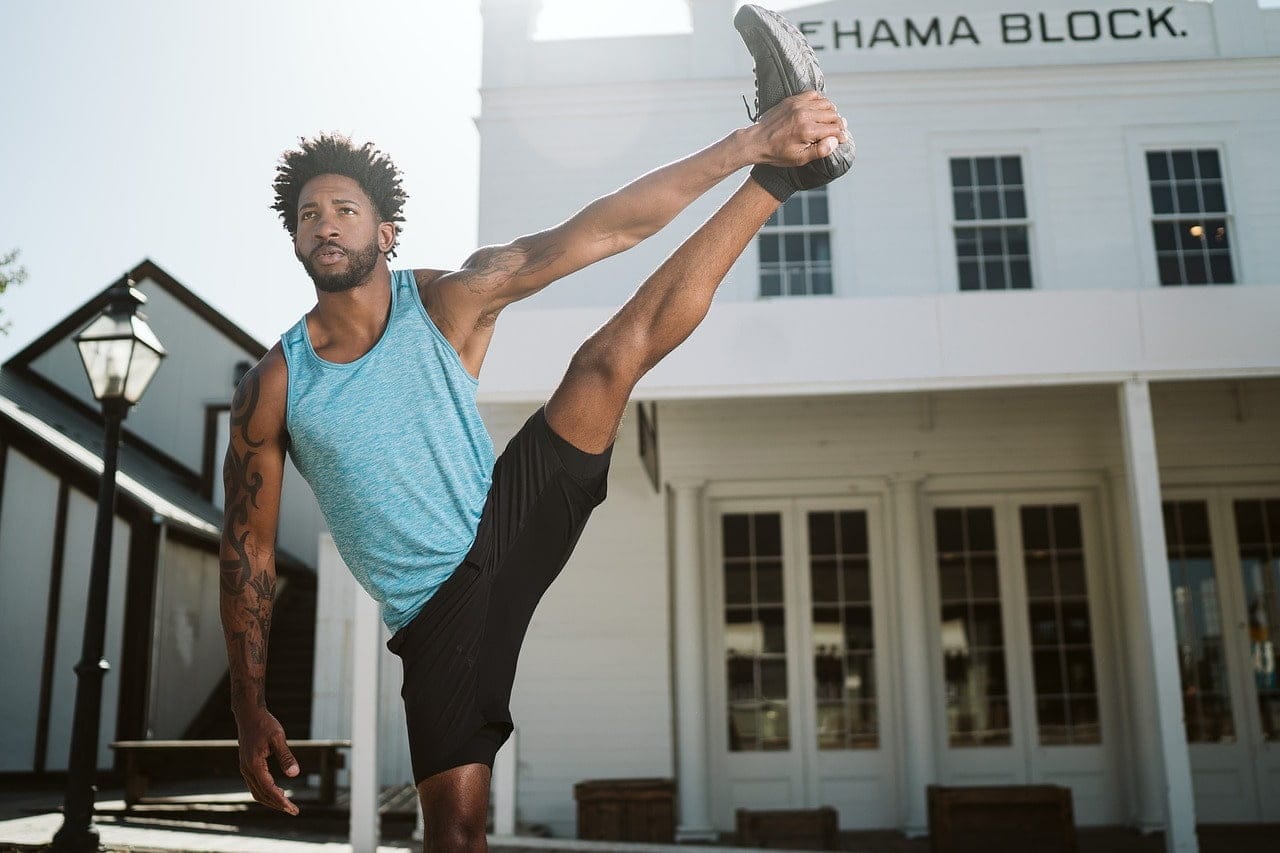
Eine Kniebandage kann Unterstützung und Stabilität bieten, obwohl sie in einigen Fällen die Schmerzen verstärken kann. Probiere aus, was für dich am besten funktioniert. Die Wahl der richtigen Laufschuhe hängt von deiner Biomechanik, den Spannungsverhältnissen und der Lauftechnik ab. Einlegesohlen können bei Überpronation helfen. Die Anpassung deiner Lauftechnik, um Fußgewölbe und Faszien als Dämpfungsstrukturen zu nutzen, ähnlich wie beim Barfußlaufen, kann ebenfalls vorteilhaft sein. Der Übergang zu Barfußlaufschuhen sollte schrittweise erfolgen, um genügend Anpassungszeit zu ermöglichen.
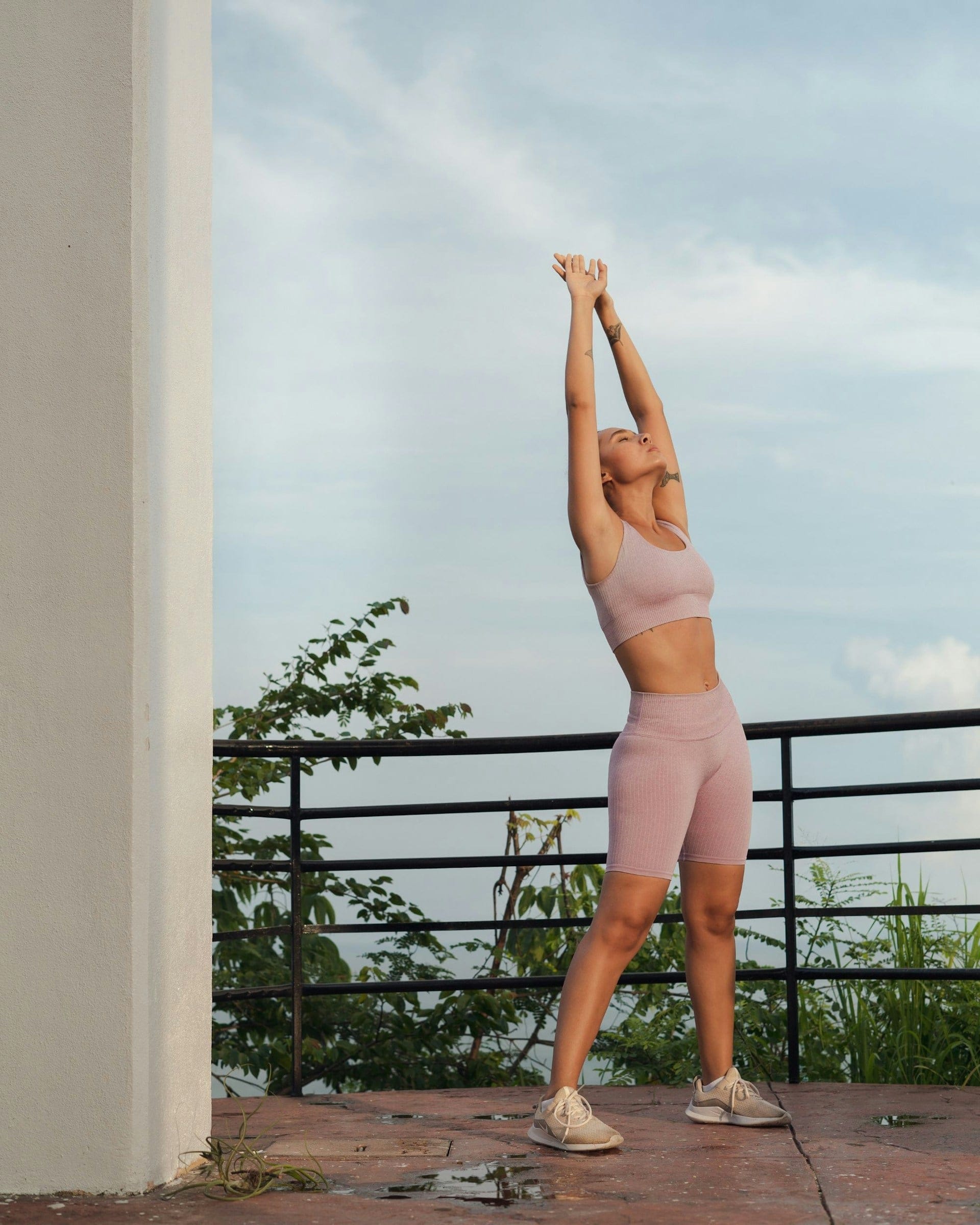
In der Mitte der ITBS-Behandlung liegt der Fokus auf Faszientraining und Kräftigungsübungen für die Muskeln, die das Becken und die Hüften stabilisieren. Die Entspannung des Musculus tensor fasciae latae und der Hüftbeuger hilft, die Hüften in ihre natürliche Position zurückzubringen. Die Stärkung der Muskeln im Gesäß und im Kernbereich ist für die langfristige Laufgesundheit essenziell. Eine korrekte Fußpronation ist entscheidend für die Stabilität, wobei Barfußlaufen und Übungen für den großen Zeh wirksam sind, um die richtige Fuß- und Knieausrichtung beizubehalten.

Die Vorbeugung des Läuferknies umfasst die Optimierung deines Laufstils und die Integration vielfältiger Bewegungen wie Seitwärtsschritte, Kreuzschritte und das Laufen auf unterschiedlichen Untergründen. Achte darauf, dass du geeignete Schuhe trägst und genügend Erholungszeit hast. Regelmäßige Übungen mit JACKEDAPE®-Produkten können myofasziale Ungleichgewichte verhindern, helfen, ein gesundes Muskel- und Fasziengleichgewicht aufrechtzuerhalten und das Risiko der Entwicklung des Läuferknies zu verringern.
Fazit
Das Läuferknie ist ein häufiges Problem für Läufer und Sportler, aber mit dem richtigen Wissen und Techniken kann es effektiv gemanagt werden. Das Verständnis seiner Ursachen, Symptome und Behandlungsmöglichkeiten ist der Schlüssel zur Genesung und Prävention. Durch die Aufrechterhaltung einer richtigen Lauftechnik, die Verwendung geeigneter Schuhe und die Integration gezielter Übungen kannst du das Läuferknie verhindern und behandeln und so ein schmerzfreies und angenehmes Lauferlebnis sicherstellen.
Häufige Symptome sind stechende Schmerzen an der äußeren Kante des Knies, Schwellungen, Rötungen und Schmerzen beim Beginn der Bewegung.
Eine schlechte Technik kann zu Ungleichgewichten und übermäßiger Belastung des Iliotibialbandes führen, was Reibung und Schmerzen verursacht.
Ja, Übungen, die sich auf Faszientraining, Kräftigung stabilisierender Muskeln und Korrektur der Fußpronation konzentrieren, sind wirksam.
Suche medizinischen Rat, wenn du starke Schmerzen, Schwellungen, Rötungen oder anhaltende Symptome trotz Behandlung hast.
Wähle Schuhe, die die richtige Biomechanik unterstützen und ziehe Einlegesohlen für Überpronation in Betracht. Der Übergang zu Barfußlaufschuhen sollte schrittweise erfolgen, wenn dies geeignet ist.
Ruhe, bis du schmerzfrei bist, und erhöhe die Aktivitätsniveaus allmählich, um erneute Verletzungen zu vermeiden und eine ordnungsgemäße Heilung sicherzustellen.
Optimiere die Lauftechnik, verwende geeignete Schuhe, integriere vielfältige Bewegungen und halte ein ausgewogenes Muskel- und Faszienverhältnis aufrecht.
Auch interessant
Umfassender Leitfaden zur Triggerpunktmassage und ihren Vorteilen
Erfahre mehr über die Vorteile der Triggerpunktmassage, wie sie funktioniert und die Unterschiede zwischen Triggerpunktmassage...
Effektives Foam Rolling: Linderung von Rückenschmerzen durch langes Sitzen
Entdecke, wie Faszienrollen Rückenschmerzen lindern kann, die durch langes Sitzen verursacht werden. Erfahre mehr über...
Umfassender Leitfaden zur Behandlung und Vorbeugung des Läuferknies (ITBS)
Erfahre mehr über die Symptome, Ursachen und wirksame Behandlungen für das Läuferknie (ITBS). Praktische Tipps...
Verstehen und Managen von Bandscheibenvorfällen: Umfassender Leitfaden
Erfahre mehr über die Symptome, Ursachen und effektiven Behandlungen von Bandscheibenvorfällen. Entdecke praktische Tipps zur...
Effektive Tipps zur Linderung und Vorbeugung von Nackenschmerzen – Umfassender Leitfaden
Entdecke die Ursachen, Symptome und Heilmittel bei Nackenschmerzen. Lerne praktische Tipps zur Linderung und Vorbeugung...
Verstehen und Lindern von Brustschmerzen: Ursachen, Symptome und Lösungen
Erfahre mehr über die Ursachen und Symptome von Brustschmerzen und lerne wirksame Methoden zur Linderung...
Effektive Strategien zur Linderung und Vorbeugung von Knieschmerzen – Umfassender Leitfaden
Erkunde die Ursachen, Symptome und Heilmittel für Knieschmerzen. Lerne praktische Tipps zur Linderung und Vorbeugung...
Vollständiger Leitfaden zum Umgang mit Hüftschmerzen: Ursachen, Symptome und Behandlungen
Hüftschmerzen können dein tägliches Leben stark beeinträchtigen. Dieser umfassende Leitfaden deckt alles ab, von den...





